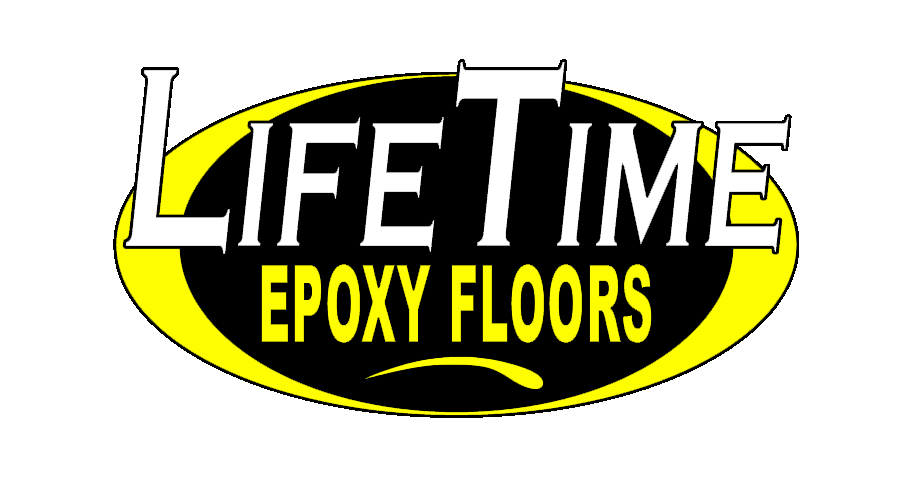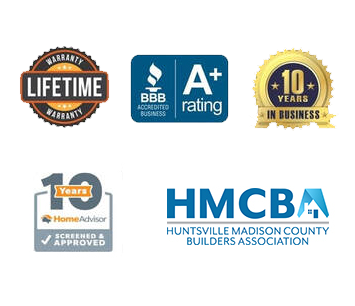Why Choose Polyaspartic Floor Coatings Over Epoxy in 2025
In the world of floor coatings, there’s a buzz around a rising star called polyaspartic, and it’s giving epoxy a run for its money. If you’re thinking about sprucing up your concrete or garage floors, it’s essential to understand why polyaspartic might be the better choice in 2025.
Firstly, let’s unravel the mystery of polyaspartic. Polyaspartic is a type of floor coating that offers a protective layer for surfaces like concrete. But what makes it stand out? Well, it’s known for its remarkable durability and quick curing time. Unlike epoxy, polyaspartic dries faster, allowing you to get back to using your floors sooner. In fact, most garage floors can be parked on within 24 hours.
When it comes to concrete floors, durability is the name of the game. Garage floors, in particular, face a unique set of challenges – from oil spills to heavy tools being dropped. Polyaspartic coatings are up for the challenge, offering resistance to chemicals and impacts that commonly occur in a garage setting. This means your garage floors can maintain their resilience, even in the face of oil drips and accidental tool drops. Customization is possible through a wide variety of colors and flakes.
Another standout feature of polyaspartic is its UV resistance. Sunlight can be harsh on floors, causing them to fade and lose their luster over time. Polyaspartic, however, acts as a shield against the sun’s rays, preserving the vibrant color of your floors for an extended period. This is a significant advantage over epoxy, which may not provide the same level of UV protection.
Now, let’s talk about the application process. Polyaspartic floor coatings are known for their user-friendly nature. They can be applied quickly and efficiently, saving you time and effort. If you’re considering a DIY project, polyaspartic might be the ideal choice for you. However, extensive preparation is necessary to achieve lasting results. Because of this, it may be best to leave the application to the pros.
On the other hand, epoxy coatings often require meticulous preparation and a longer curing time. For those who want a hassle-free experience, polyaspartic emerges as the more convenient option, especially for busy individuals looking to upgrade their floors without spending days waiting for the coating to dry.
In conclusion, as we step into 2024, the choice between polyaspartic and epoxy for your concrete and garage floors seems clearer than ever. Polyaspartic’s durability, quick curing time, resistance to chemicals and UV rays, and user-friendly application make it a compelling option.
So, if you’re aiming to give your floors a durable and aesthetically pleasing upgrade, polyaspartic floor coatings are the way to go. Say goodbye to the days of waiting around for epoxy to dry – it’s time to embrace the future of floor coatings with polyaspartic.

